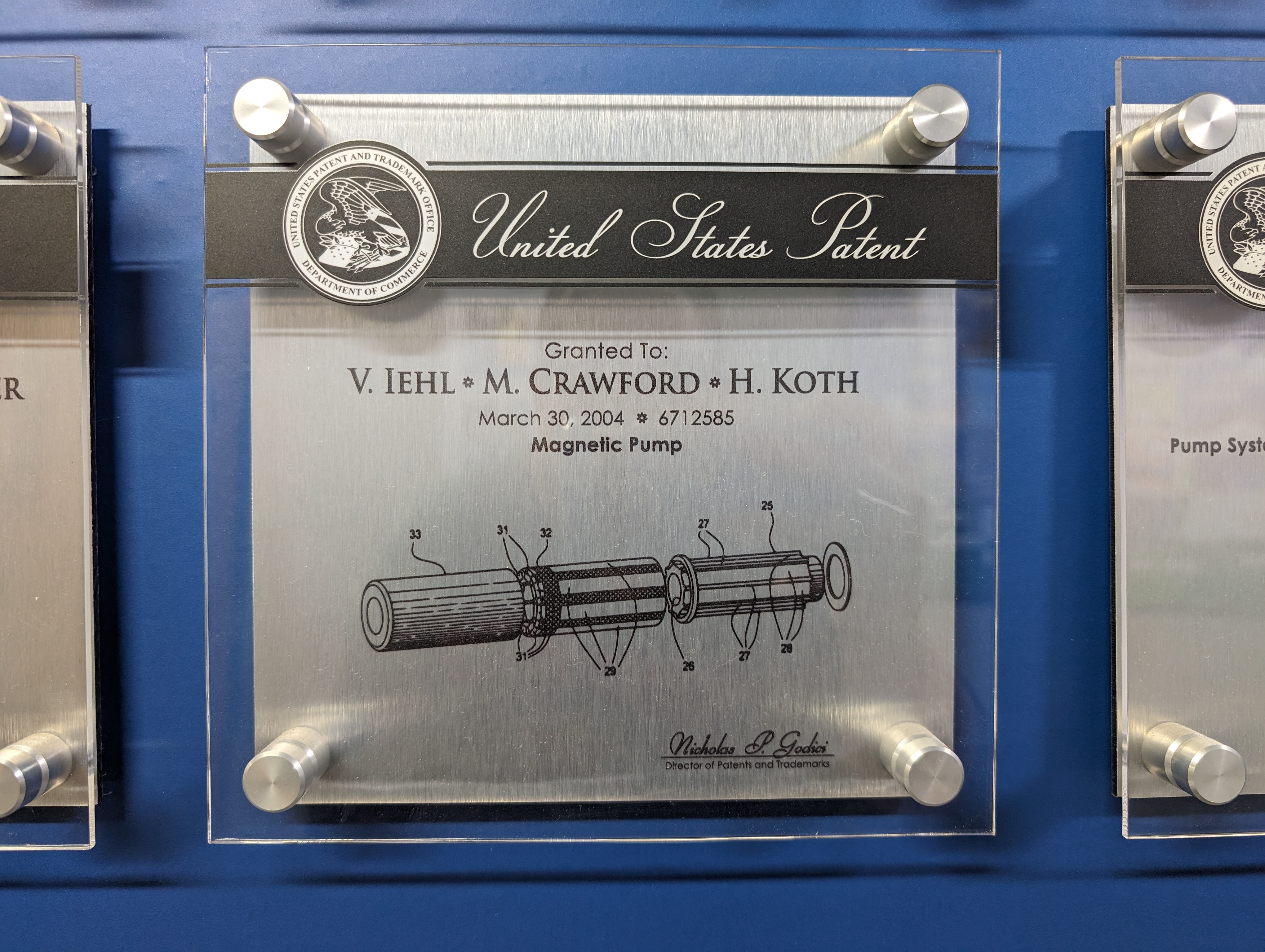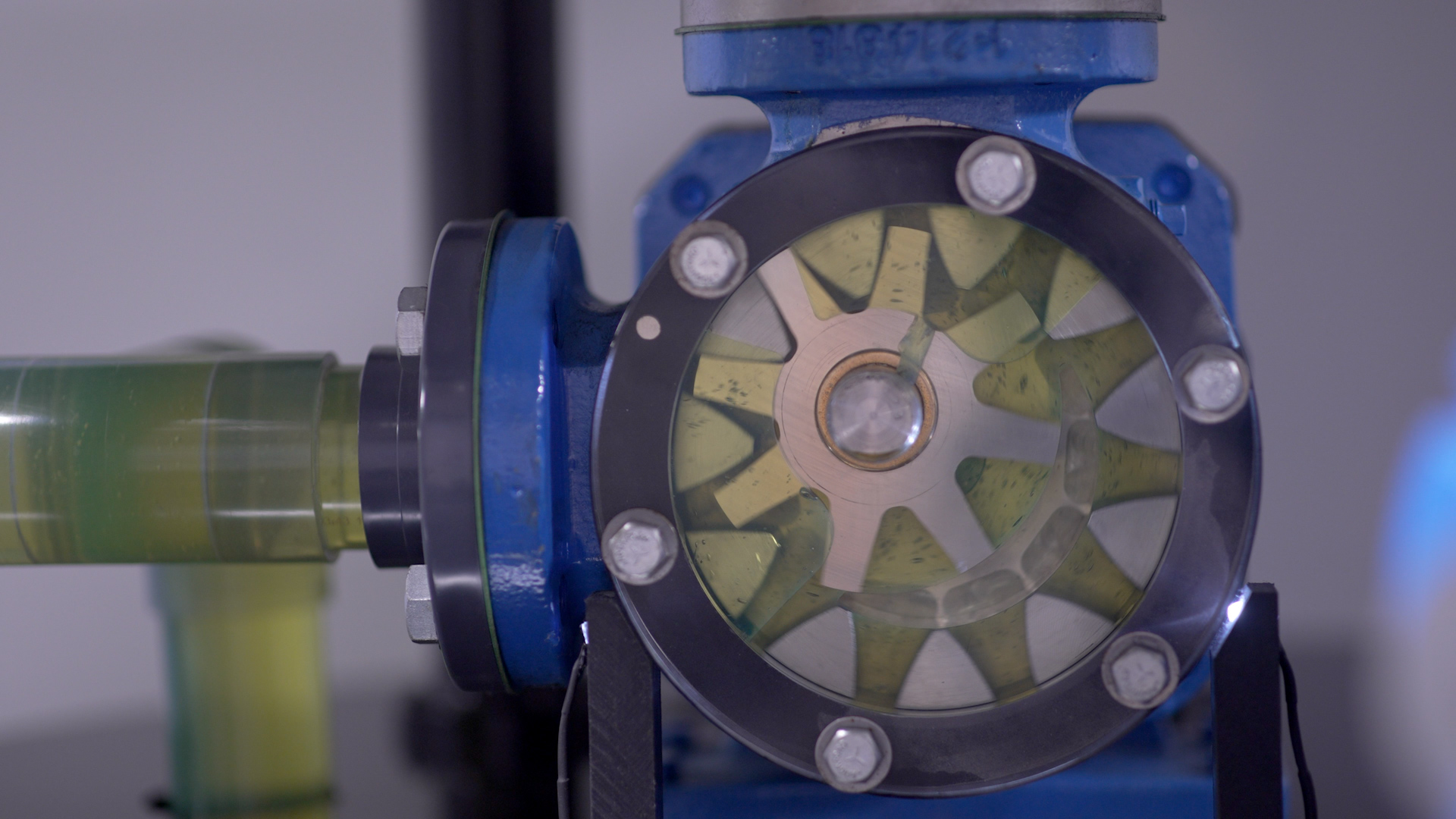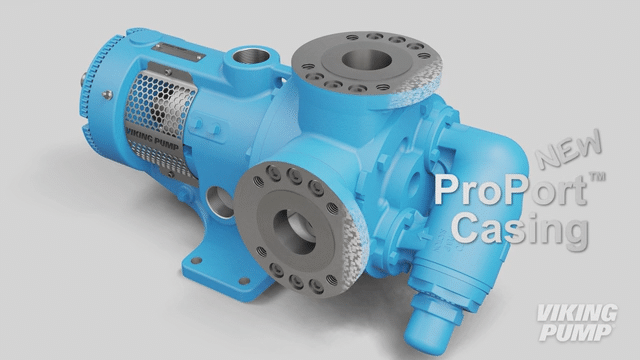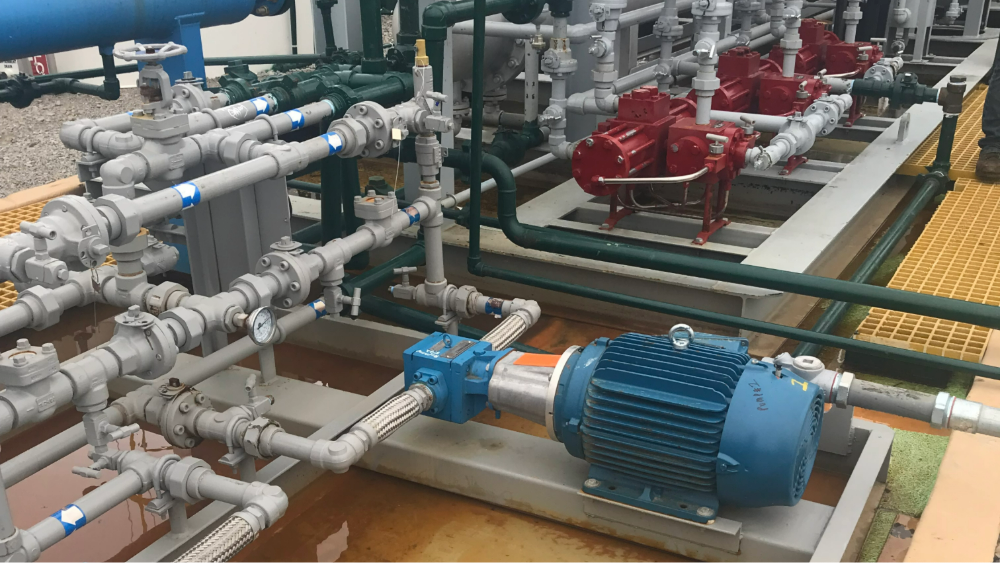
Universal Mag Drive, The Sealless Upgrade That Prevents Leakage and Fugitive Emissions
Viking Pump invented, patented and manufactured the very first sealless mag drive rotary positive displacement (PD) pumps in the world, and developed several series over time for different applications, including the first generation 825, 895 and 855 ™ internal gear pumps.
Of these first generation mag drive pumps, all had different footprints from their dynamically-sealed cousins with...







